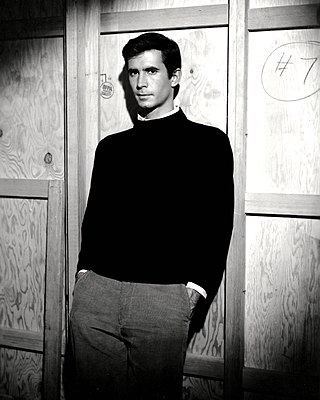
Norman Bates is a fictional character created by American author Robert Bloch as the main antagonist in his 1959 thriller novel Psycho. He has an alter, Mother, who takes from the form of his abusive mother, and later victim, Norma, who in his daily life runs the Bates Motel.

Jane Eyre is a novel by the English writer Charlotte Brontë. It was published under her pen name "Currer Bell" on 19 October 1847 by Smith, Elder & Co. of London. The first American edition was published the following year by Harper & Brothers of New York. Jane Eyre is a Bildungsroman which follows the experiences of its eponymous heroine, including her growth to adulthood and her love for Mr Rochester, the brooding master of Thornfield Hall.
Oliver Twist is a 1997 American made-for-television film based on Charles Dickens’s 1838 novel of the same title. The film was directed by Tony Bill, written by Monte Merrick and Stephen Sommers, and produced by Walt Disney Television. It stars Richard Dreyfuss, Elijah Wood, David O'Hara, and Alex Trench as the titular character.
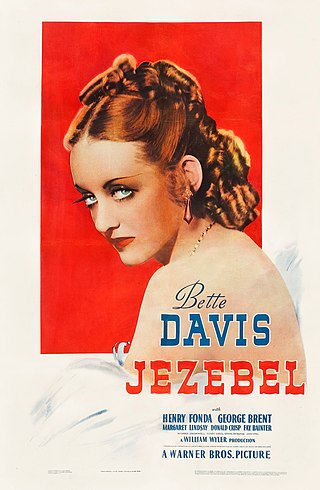
Jezebel is a 1938 American romantic drama film released by Warner Bros. and directed by William Wyler.

A Woman Rebels is a 1936 American historical drama film adapted from the 1930 novel Portrait of a Rebel by Netta Syrett and starring Katharine Hepburn as Pamela Thistlewaite, who rebels against the social mores of Victorian England. The film was directed by Mark Sandrich; it was the film debut of Van Heflin, and the second last film of David Manners.

Drag in film has followed a long history of female impersonation on English stage, and made its appearance in the early days of the silent films. Charlie Chaplin and Stan Laurel brought the tradition from the English music halls when they came to America with Fred Karno's comedy troupe in 1910. Both Chaplin and Laurel occasionally dressed as women in their films. Even the beefy American actor Wallace Beery appeared in a series of silent films as a Swedish woman. The Three Stooges, especially Curly, sometimes appeared in drag in their short films. The tradition has continued for many years, usually played for laughs. Only in recent decades have there been dramatic films which included cross-dressing, possibly because of strict censorship of American films until the mid-1960s. One early exception was Alfred Hitchcock's thriller Murder!, where the murderer is a transvestite who wears particularly frilly dresses and petticoats. Cross-gender acting, on the other hand, refers to actors or actresses portraying a character of the opposite gender.

Bitter Harvest is a 1963 British kitchen sink drama film directed by Peter Graham Scott and starring Janet Munro and John Stride. The plot is about a young woman who rejects marriage to become a kept woman. The film is based on The Siege of Pleasure, the 1932 second volume in the trilogy 20,000 Streets Under the Sky by Patrick Hamilton.

Jane Eyre is the fictional heroine and the titular protagonist in Charlotte Brontë's 1847 novel of the same name. The story follows Jane's infancy and childhood as an orphan, her employment first as a teacher and then as a governess, and her romantic involvement with her employer, the mysterious and moody Edward Rochester. Jane is noted by critics for her dependability, strong mindedness, and individualism. The author deliberately created Jane as an unglamorous figure, in contrast to conventional heroines of fiction, and possibly part-autobiographical.

The Franchise Affair is a 1948 mystery novel by Josephine Tey about the investigation of a mother and daughter accused of kidnapping a local young woman. In 1990, the UK Crime Writers' Association named it one of The Top 100 Crime Novels of All Time.
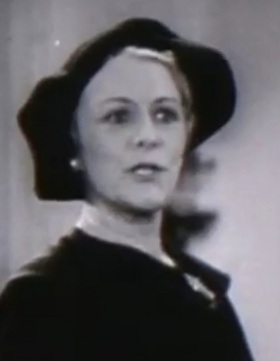
Nella Walker was an American actress and vaudeville performer of the 1920s through the 1950s.

Pollyanna is a 1960 American comedy-drama film starring child actress Hayley Mills, Jane Wyman, Karl Malden, and Richard Egan in a story about a cheerful orphan changing the outlook of a small town. The film was written and directed by David Swift, based on the 1913 novel Pollyanna by Eleanor H. Porter. The film won Hayley Mills an Academy Juvenile Award. It was the last film of actor Adolphe Menjou.

Norma Bates is a fictional character created by American author Robert Bloch in his 1959 thriller novel Psycho. She is the deceased mother and victim of serial killer Norman Bates, who had recreated her in his mind as a murderous alternate personality.

Mandy was a British comic book for girls, published weekly by DC Thomson from 21 January 1967 to 11 May 1991. The majority of the stories were serialized, typically into two or three pages per issue, over eight to twelve issues.
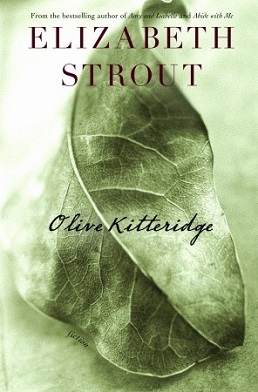
Olive Kitteridge is a 2008 novel by American author Elizabeth Strout. The novel provides a portrait of the title character and a number of recurring characters in the coastal town of Crosby, Maine. It takes the form of 13 short stories that are interrelated but discontinuous in terms of narrative.

The Shocking Miss Pilgrim is a 1947 American musical comedy film in Technicolor written and directed by George Seaton and starring Betty Grable and Dick Haymes.

Mary Treen was an American film and television actress. A minor actress for much of her career, she managed to secure a plain, unassuming niche for herself in dozens of movies and television shows during the Hollywood of the 1940s, 1950s and 1960s in a career spanning more than 40 years.

Eliza Davis Aria (1866–1931) was an English fashion writer and gossip columnist known as "Mrs Aria". She was the editor of a fashion magazine titled The World of Dress, author of books on costume and motoring, and a society hostess. She was also the long-time lover of Henry Irving, from the 1890s until his death in 1905.
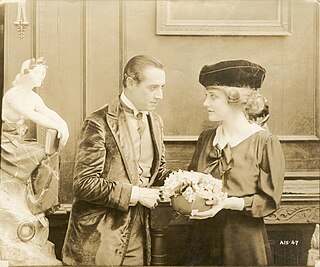
The Rise of Jennie Cushing is a 1917 American silent drama film directed by Maurice Tourneur, produced by Famous Players–Lasky, and distributed by Artcraft Pictures, an affiliate of Paramount Pictures. The story based upon the novel The Rise of Jennie Cushing by Mary Watts and stars Broadway's Elsie Ferguson. The film marked Ferguson's second motion picture. It is a lost film.

The Yellow Wallpaper is a 2011 direct-to-video Gothic thriller film directed by Logan Thomas. It is based on the 1892 short story of the same name written by Charlotte Perkins Gilman.